2021 Mahindra XUV700 Review: First Drive
You have already seen it in pictures. You more or less know its pricing. But now it's time to tell you the main thing – how does the all-new Mahindra XUV700 drive? Here’s the answer…

You have already seen it in pictures, and you more or less know about its pricing. And now, it's time to address 'the' question – how does the all-new Mahindra XUV700 drive?
Buying a new car in India is becoming notoriously painful, both for the heart and the pocket. Pick any car today – the Hyundai i20, Honda City, Toyota Fortuner, and what have you – and compare their current prices with what they demanded a decade ago, and you’ll be shocked to know that they now cost almost double of what they used to be. Add current petrol and diesel prices into the mix, and the picture becomes even grimmer. And to make matters even worse, you have the greenie-meanie authorities clamping down on ICE cars with heavy taxes so as to discourage you from buying new cars unless it happens to be an EV. Each passing day, it’s becoming more and more difficult to justify a new car purchase. Honestly, it’s come to the point where even petrol-heads like me think an Uber or an Ola is a better option than a new car. Quite a sad state of affairs, indeed!
Imagine, then, the shock that I got when the prices of the new Mahindra XUV700 flashed on the big screen during the product’s global unveil on the eve of our 75th Independence Day. It said, ₹11.99 lakh for a full-size SUV with 200 horses on tap? Wow! How’s that even possible? Are we back in the mid-2000s or what?
Once the initial excitement was over, it was time to be objective and ask the most important question – ‘So, what all areas have Mahindra cut corners with this new product in order to offer it at such a ludicrous price (in a good way, obviously)?’
Luckily, it didn’t take too long to figure out. The very next day after its global unveil, Mahindra allowed us to put the XUV700 through its paces at the company’s brand-new MSPT (Mahindra SUV Proving Track), which spreads over 425 acres in the outskirts of Chennai. Suffice it to say, the facility had everything that you could possibly throw at the XUV700 – a high-speed track, off-road track, handling circuit, and everything in between.
Big & Bold
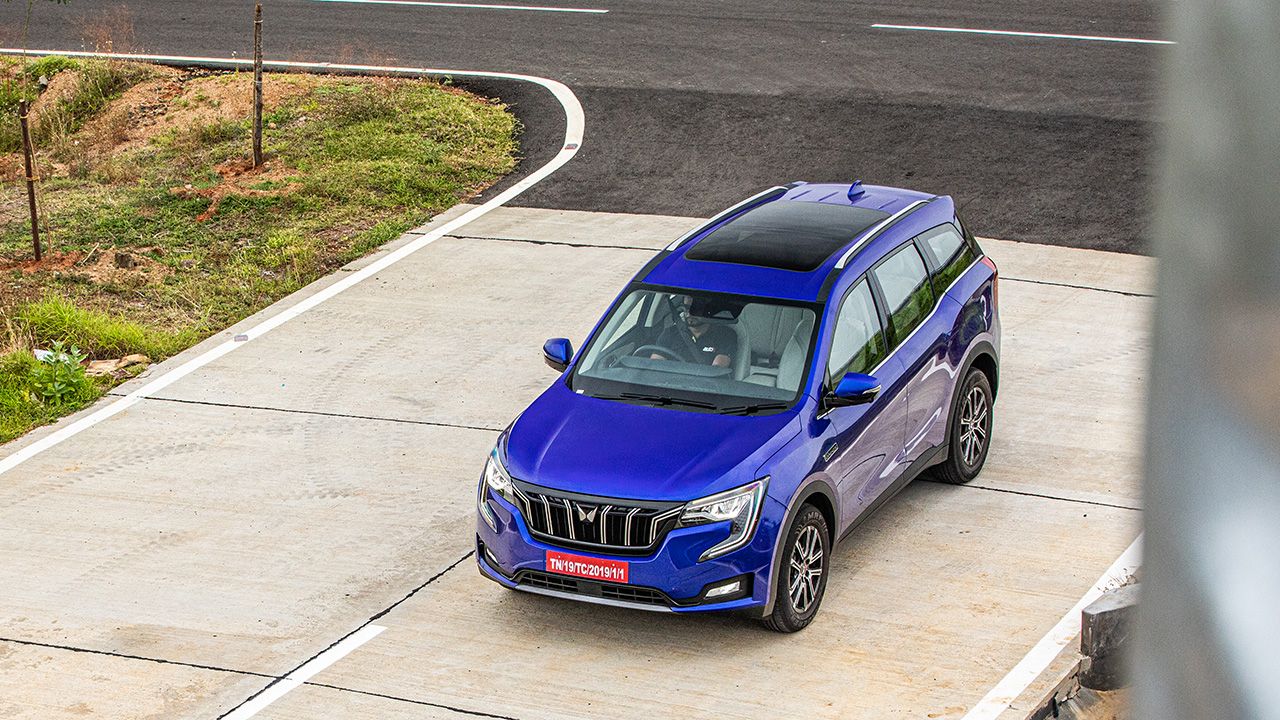
A couple of days ago, the XUV700 was unofficially revealed in a series of spy shots. The internet went into a frenzy because the design looked disproportionate and ungainly. The reality, however, turned out to be quite different, thankfully.
You see, even though it’s an all-new vehicle, the XUV700 looks remarkably similar to the XUV500, meaning it’s still big and imposing. Now, Mahindra designers have taken an evolutionary approach with the new product rather than going all out – something they did back in 2011 when the original XUV500 was launched with Cheetah this and Cheetah that. Personally, I found it to be overdone and quite cheesy back in the day.
The XUV700's exterior appearance is relatively subdued. But that’s not to say that it looks dull – not at all. There are still some over the top design elements, like the double-C-shaped LED DRLs with full LED lights, a humongous grille with an extensive chrome treatment, and a busy tail-section with arrow-shaped LED lamps. The XUV700 is also the first product to don Mahindra’s brand-new logo.
In terms of size and dimensions, it’s slightly longer than its predecessor – the wheelbase has increased by 50mm to 2,750mm. There are some standout design elements, including Range Rover-like flush door handles, 18-inch diamond-cut alloy wheels on this top-end AX7 variant, and loud AdrenoX monikers.
The rear-end is probably the least flattering angle of the XUV700. Plus, thanks to all the creases and sharp angles in its design, the tail-gate had to be made entirely of plastic instead of metal, which was tricky to beat into the desired shape. Overall, the XUV700 doesn’t look as odd in person as it did in spy shots. The design grows on you eventually.
Hey Merc… Mahindra!
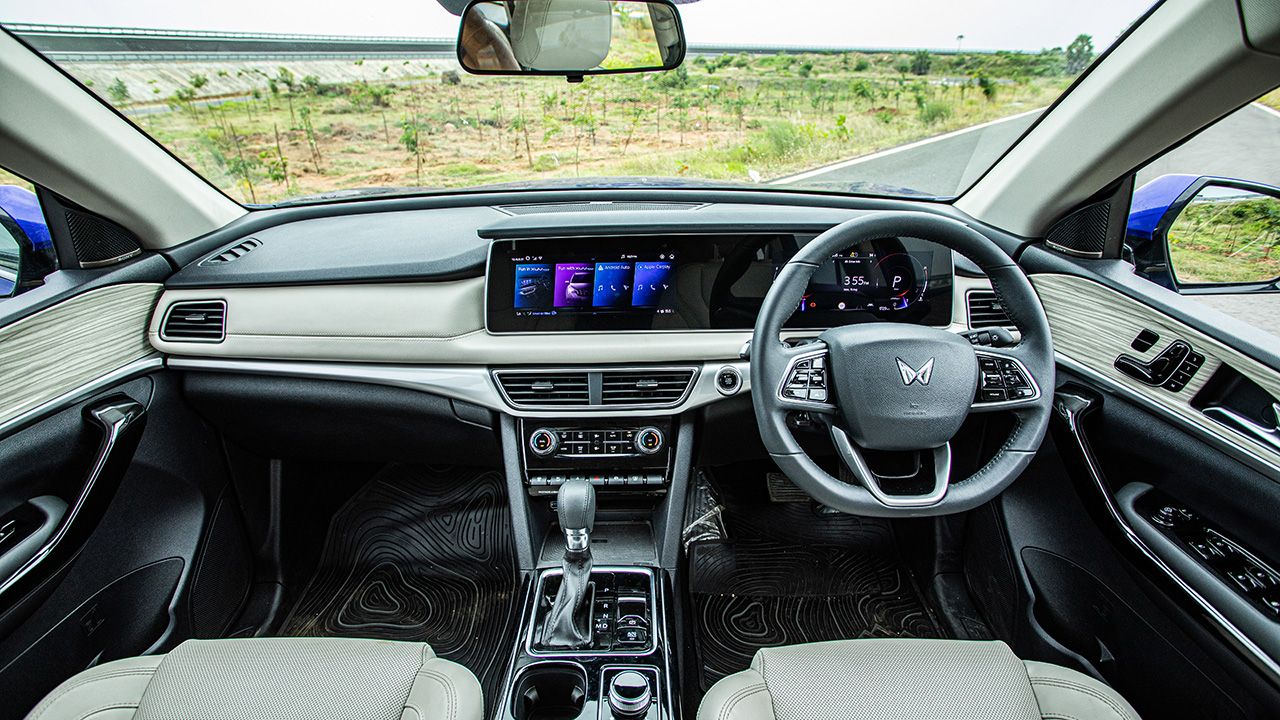
Step inside and you’re going to get bowled over with what’s on offer here. Trust me, you won’t care about the XUV700’s outer appearance anymore, well, because most of the time that you will spend with the car, you will be inside it.
The cabin is a lovely place to be, and it’s crafted to perfection. The dashboard is dominated by two 10.25-inch displays – one is the touchscreen for infotainment and the other is the driver display – that offer crisp and vivid colours. The interface is easy on the eyes, and the touchscreen is quite intuitive to use. Wireless Android Auto and Apple CarPlay connectivity are on offer too. The digital instrument cluster is a work of art. The whole panel has a clean, clutter-free, and premium feel to it.
Mahindra says that the layout and overall theme is inspired by outer space. However, you don’t have to go that far to realise where the actual inspiration is coming from. As soon you get inside, it’s easy to see the resemblance this cabin has to new-age Mercedes cars. Whether it’s the huge ‘Superscreen’ or door-mounted power controls for the driver’s seat, or the rotary dial in the centre console, there’s a clear Mercedes influence at work in everything inside.
Quality levels and fit-and-finish are quite impressive. Apart from the faux wood insert on the door – which looks and feels quite cheap – the plastic quality is decent. The soft-top leather dashboard in the top-end version makes the interior feel rich and premium. Surprisingly, neither ventilated seats nor an auto-dimming inside mirror is offered, not even in the top-end variants. But other than that, the feature list is quite exhaustive.
Mahindra will offer the XUV700 in MX and AX series, with four variants in total. The MX3 is going to be the entry-level variant, while the AX7 is the range-topping variant. Here’s what’s on offer with each variant:
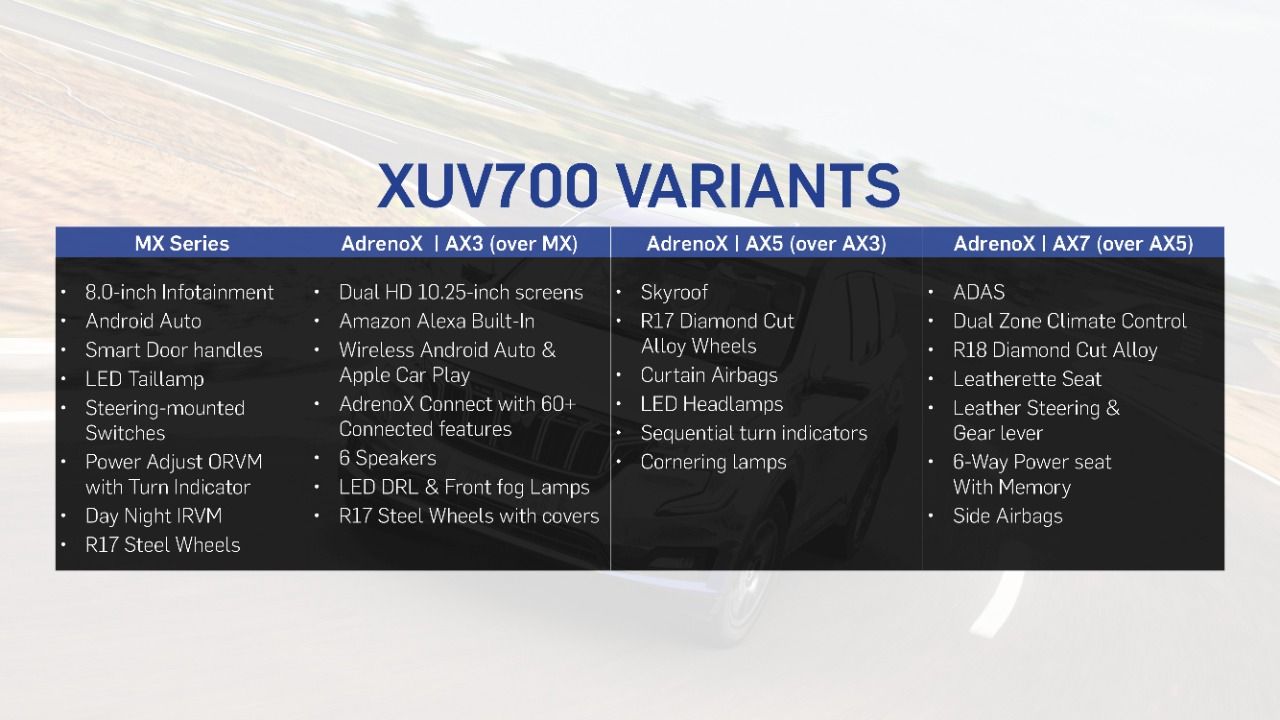
On top of that, the XUV700 will have an optional pack, which adds a Sony 3D sound system, electrically-deployed Smart Door Handles, 360 Surround View, Blind View Monitoring, Electronic Park Brake, and Wireless Charging. AWD will be optional, but it’ll only be offered with the automatic version of the top-end AX7 7-seater variant.
As for space and comfort, the front seats are spacious, cushiony, and offer good support. The same goes for the second row – you have ample headroom and legroom; three adults can sit comfortably in here. Mahindra will offer the XUV700 in 5- and 7-seat versions, meaning no captain seats for the middle row. The rearmost bench is more or less like the XUV500 – decent headroom, comfy seats, but not fit for full grown-ups. You do get AC vents in all rows though. Boot space, with all seven seats up, is nothing to write home about, as you’ll barely manage to fit a medium-size suitcase, let alone carry luggage for a family outing.
Power to the People
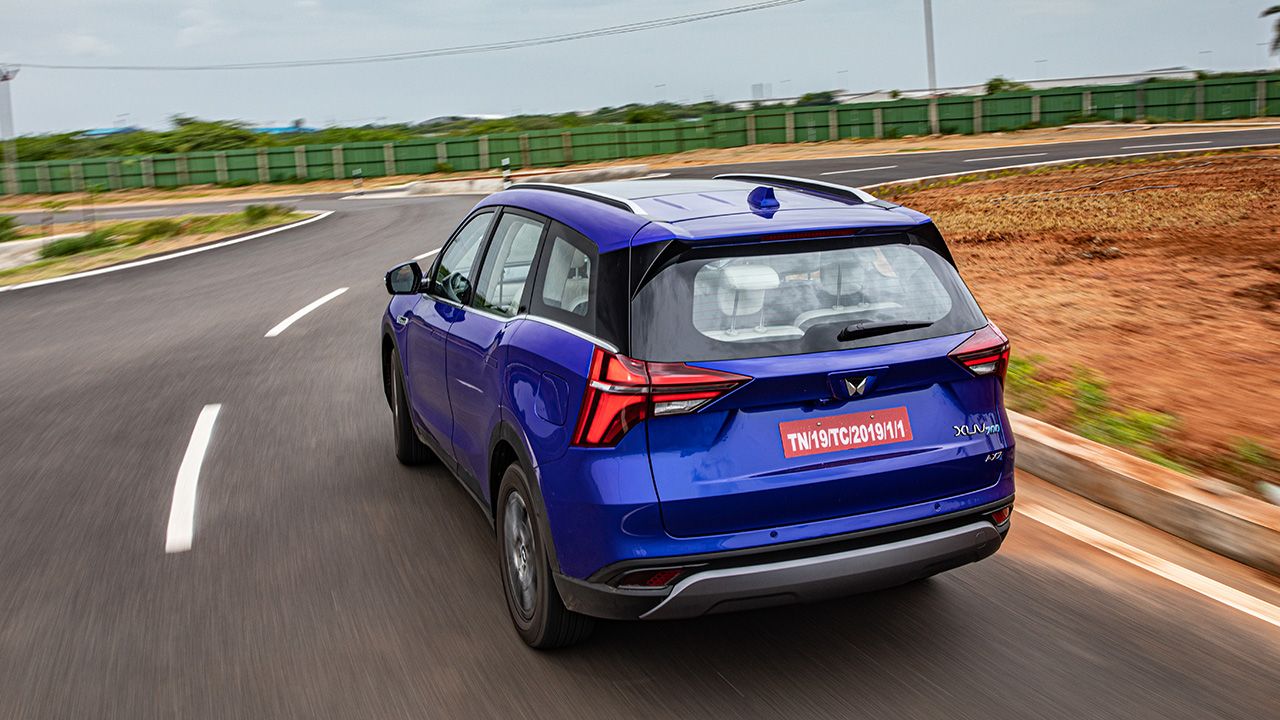
Two turbo engine options are available with the XUV700 – a 2.0-litre petrol unit and a 2.2-litre diesel engine. Both the units are familiar, for they also do duty in the Thar. However, in the XUV700, power and torque figures have considerably increased. The petrol XUV700 develops 197bhp and 380Nm, while the diesel is available in two states of tune – 153bhp and 360Nm in the entry-level MX MT variant, and 182bhp and 420Nm in the AX MT variants. If you opt for the AT diesel – which is only offered with AX trims – you get 30Nm of extra twisting force (450Nm).
For this test, we had to be content with the petrol AT version.
Crank the engine, and the petrol unit whirrs to life with a slightly gruff undertone. Step on the throttle pedal, and you’ll notice a bit of turbo lag as you set off. Once past 1,500rpm though, this unit comes alive and how! The grunt is almost diesel-like, which is something we’ve already experienced in the Thar. But, in the XUV700, the speed progression is rather rapid. The engine doesn’t rev like a conventional petrol unit, and revs build up rather lazily. However, the acceleration is brilliant. Although the peak power is developed at 5,000rpm, the torque curve is flat, meaning heavy throttle inputs at any point in time result in neck-snapping acceleration. The mid-range punch is strong for quick overtaking moves, and the performance only slightly tapers off when you inch closer to redline.
Mahindra claims that this engine can pull the XUV700 to speeds exceeding 200km/h! We weren’t allowed to push to its absolute limit, but I can tell you that 170 – 180km/h appeared more than a few times on the speedometer while I was hammering the vehicle down the high-speed track at MSPT.
What sweetens the experience further is the 6-speed Aisin automatic gearbox. As we’ve experienced in the Thar, this torque converter is a quick-shifting gearbox, which is tuned for aggressive performance. Shifts are seamless, and it doesn’t hesitate to drop gears when you ask for performance. When driven at a leisurely pace, the gearbox upshifts quickly to save fuel.
The diesel version has four driving modes – Zip, Zap, Zoom, and Custom – but they are absent in the petrol variant.
Magic Carpet
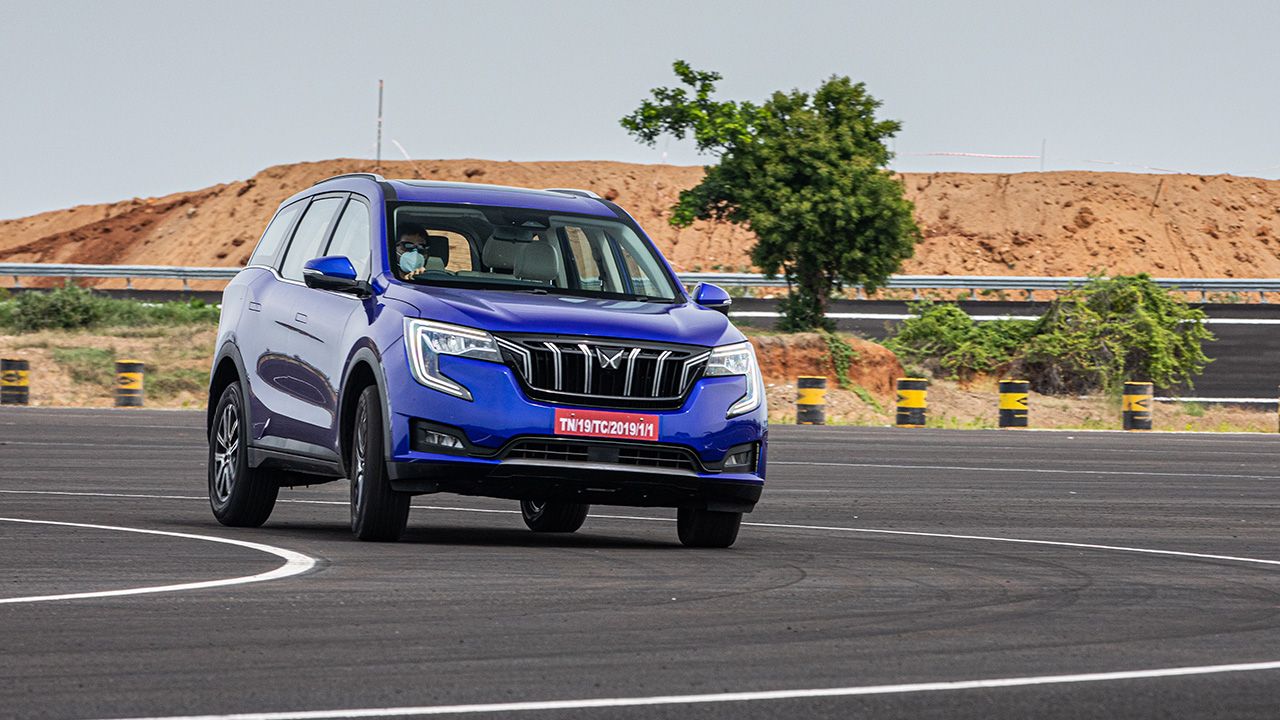
Mahindra has done everything imaginable to address the issues or complaints that customers or critics had with the XUV500. It meant fixing everything from the dull interior to the lousy ride-and-handling of the old model. And while Mahindra has definitely moved the game forward in terms of interior quality, it’s the dynamic ability of the new XUV700 that impresses you even more.
The XUV700 rides on an all-new platform – it’s lighter and more rigid. The suspension on all four corners is new – it now gets FSD or frequency selective damping on all four wheels, while the rear axle has an independent multi-link suspension system with control blades.
Thanks to the chassis improvements, the ride quality is simply stellar. You can drive it over any road surface, and you won’t ever feel that the suspension is not up to the job. It gobbles up every undulation and road imperfection with aplomb. At the same time, it doesn’t feel twitchy or unstable at high speeds like the old car. At speeds up to 150 – 160km/h, it’s stable and planted. It doesn’t float-like-a-boat at these speeds anymore. The steering also weighs up nicely as speed builds and doesn’t feel numb and lifeless like the old unit. Sure, it doesn't exactly drip with feel, but it’s a lot better than earlier.
In the handling department, the XUV700 won’t set your heart racing though – it’s no Tata Safari or Kia Seltos around corners. It’s still a softly sprung SUV, meaning it leans and rolls quite easily when pushed enthusiastically around bends. However, it doesn’t feel nervous or unstable in high-speed corners. A chassis engineer from Mahindra even told me that they would go as fast as 170km/h on the banking of the high-speed track during the development phase.
At the track, we also got to test the XUV700’s ADAS systems, which include Forward Collision Warning, Autonomous Emergency Brakes, Lane Departure Warning, Lane Keep Assist, Adaptive Cruise Control, and more. In the controlled setting at the track, the ADAS system worked without any glitch, but given the number of variables we have on Indian roads, I’m not sure if the system will work as effortlessly. And trusting electronics over instincts, well, that’ll take time.
Verdict
The XUV700 has a macho design and a brilliant interior packed to the brim with features. Its performance is impeccable, and its ride quality will put cars double its price to shame. What’s not to like, really?
Sure, Mahindra has been clever with the announcement of its prices, since it has only revealed the prices of the base and mid-spec variants. That said, I don’t see the sticker price climbing over 20 lakh for the top-spec model. And, if you ask me, even then it would be a bargain.
There’s no denying that Mahindra has absolutely knocked it out of the park with the XUV700. It’s everything that you’ll ever need in an SUV in India, period!
And if you're a Mahindra dealer, well, all I can say is get your order books ready and brace yourself for an unprecedented footfall.
Also read,
Engine: 2.0-litre / 4-Cylinder / Turbocharged
Fuel: Petrol
Transmission: 6-Speed Automatic / Front-Wheel Drive
Power: 197bhp @ 5,000rpm
Torque: 380Nm @ 1,750 – 3,000rpm
X-Factor: The XUV700 has got everything you'll ever need in an SUV – Performance, Comfort, Features, & Value-for-Money.
| Pros • Performance & Ride quality • Features |
Cons |


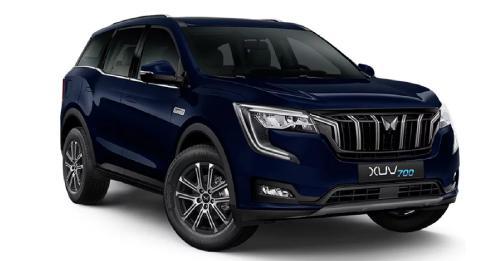
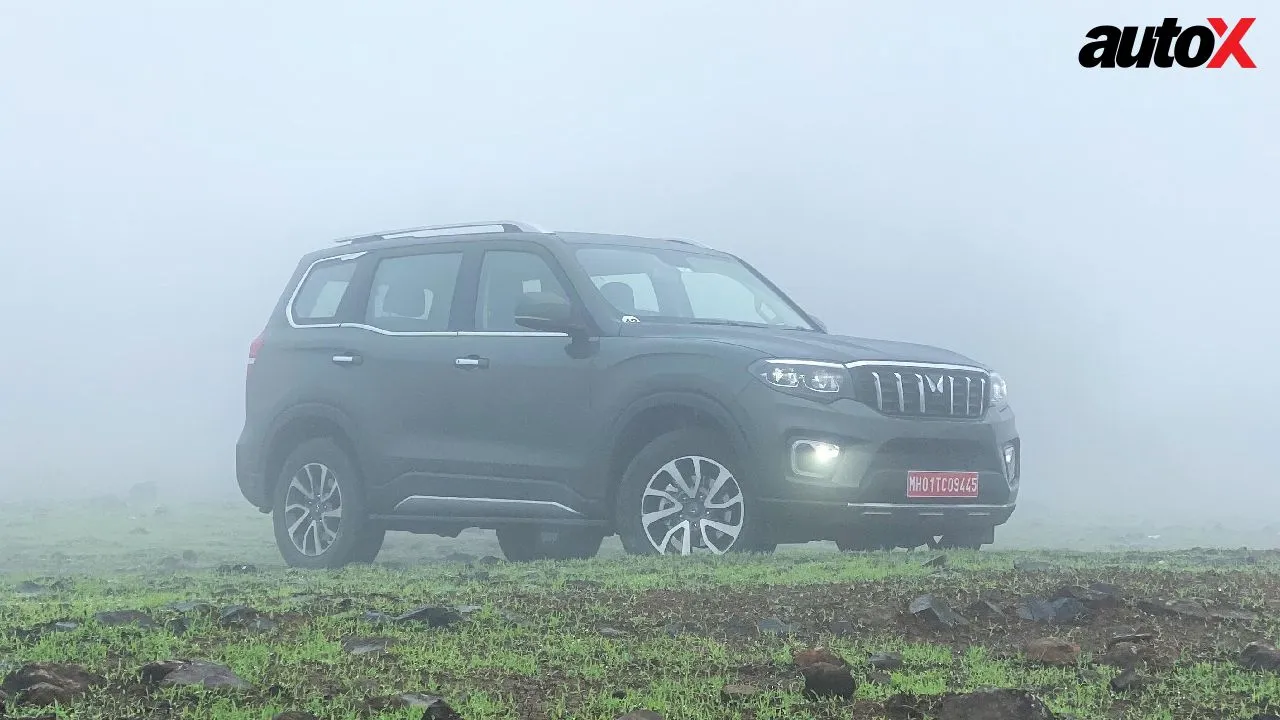
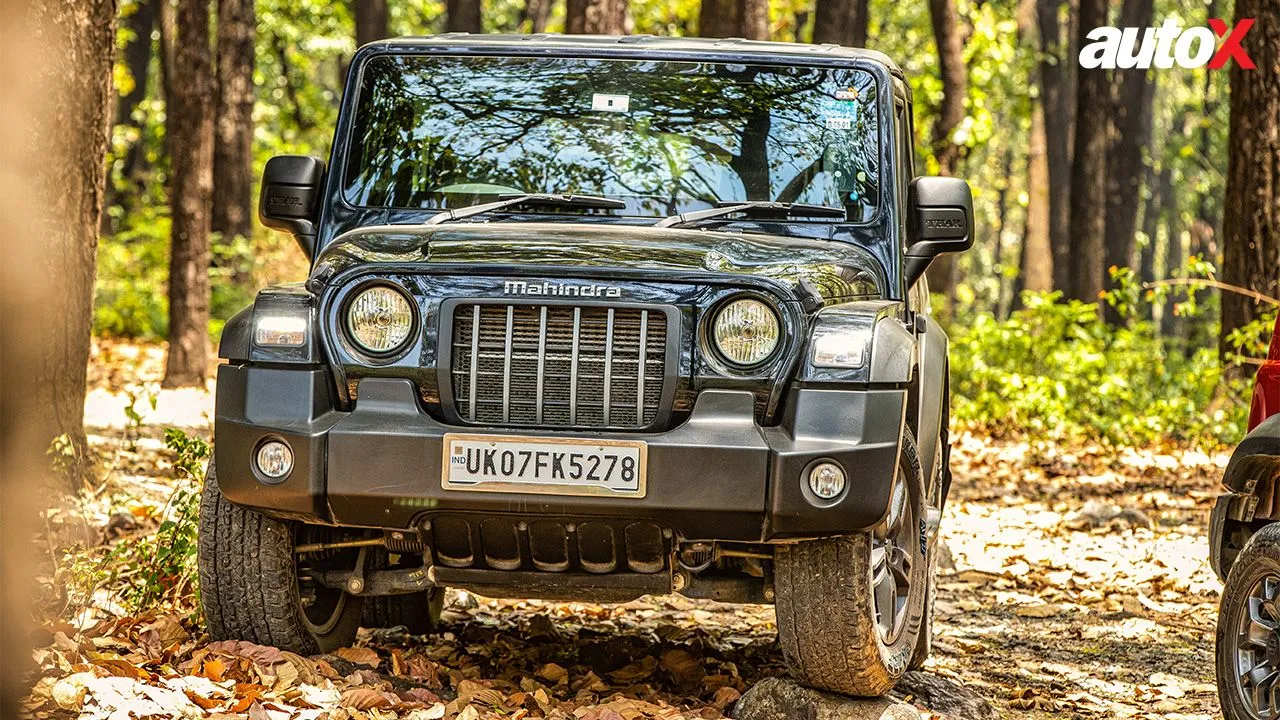


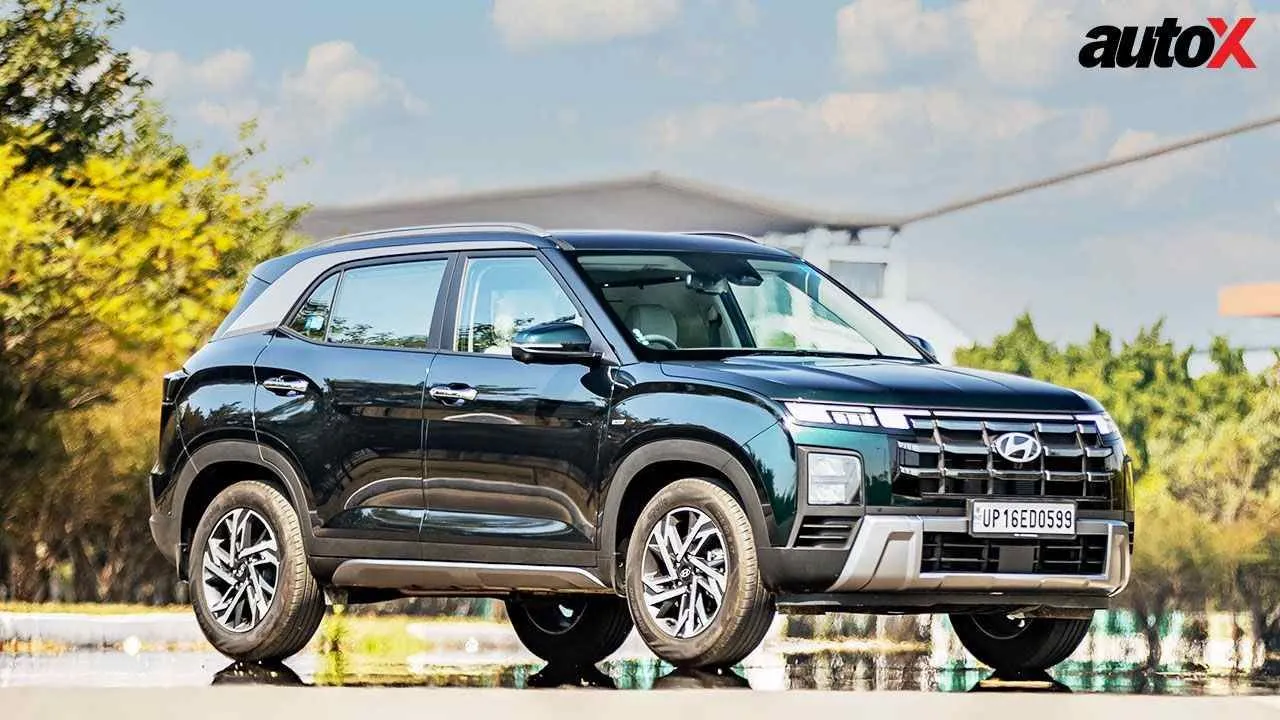
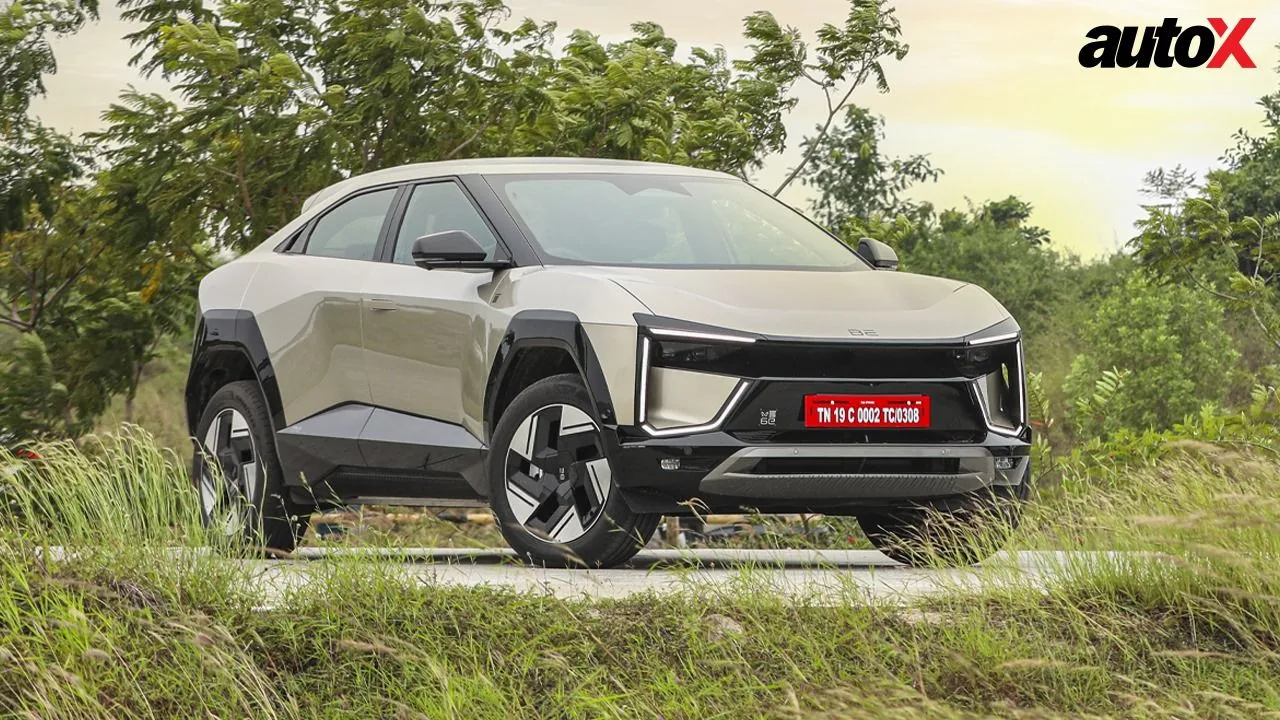
Write your Comment on